The Roosevelt Island Tidal Energy (RITE) Project
First US Grid-Connected Tidal Installation
The RITE Project
The RITE Project operated under a 10-year Hydrokinetic Pilot Project License from the Federal Energy Regulatory Commission (Project No. P-12611) and a 401 Water Quality Certification from the New York State Department of Environmental Conservation. It was the first commercially-licensed tidal power project in the United States. The project was successfully decommissioned in 2021 having achieved Technology Readiness Level 9.
The Verdant Power 5-meter class tidal turbine system used in RITE achieved the highest standards:
Received the first third-party verification in the world of tidal turbine performance to international standards under the IECRE System.
Awarded National Hydropower Association’s 2021 Outstanding Stewards of America’s Waters (OSAW) Award for operation.
Energy Generation at RITE
The East River is a tidal strait with strong water currents that change direction between flood and ebb tides approximately four times each day (with periods of little or no flow between tides, called “slack tide”).
-As shown in the figure below, when the water velocity exceeds approximately 1.0 m/s (3.3 ft/s or 2 knots), the turbine blades begin to rotate and the units generate electricity for approximately 4.5 hours (red areas in figure).
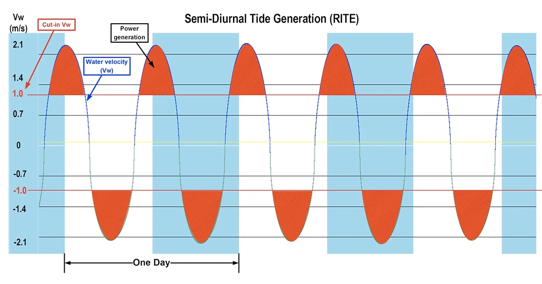
-As the tide shifts direction, the turbines yaw (turn approximately 170 degrees) to generate power from the current flowing in the opposite direction. This cycle repeats in a very predictable manner approximately every 6 hours.
-The regular nature of tidal currents provides a significant advantage for tidal power as compared to other, less predictable resources like wind and solar power.
Proven Technology
For several years prior to the 2020 RITE project installation, Verdant Power conducted in-water testing of its turbine system, successfully demonstrating the technology as an efficient source of clean energy with the following outcomes:
- Grid-connected power with no power quality problems
- Fully bi-directional operation with high efficiency on both ebb and flood tides
- Automatic control and continuous, unattended operation
- No fouling or damage from debris
Operational and environmental monitoring data gathered through this demonstration formed the basis for Verdant Power’s application to FERC for its pilot license application.

PROOF OF CONCEPT
RITE “six-pack”- the first multiturbine grid-connected marine energy array
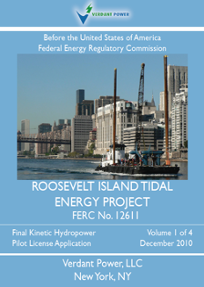
FERC ISSUES FIRST PILOT PROJECT LICENSE
Verdant Power’s Roosevelt Island Tidal Energy Project, was approved by the Federal Energy Regulatory Commission (FERC) for a 10-year, grid-connected operating license in New York City’s East River, following extensive consultation and commitment to execute further environmental studies.

In-water testing with National Renewable Energy Lab
Verdant Power partnered with NREL to advance the technology readiness of the turbine with an in-water test at RITE
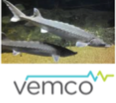
Enviromental Compatibility Studies
Verdant worked with federal, state and local agencies, NGOS and the Oak Ridge National Laboratory fisheries experts to develop the science related to environmental compatibility of the new technology within the US regulatory system; with nearly $4M investment in studies and research. Throughout the adaptive management operation no impacts have been observed
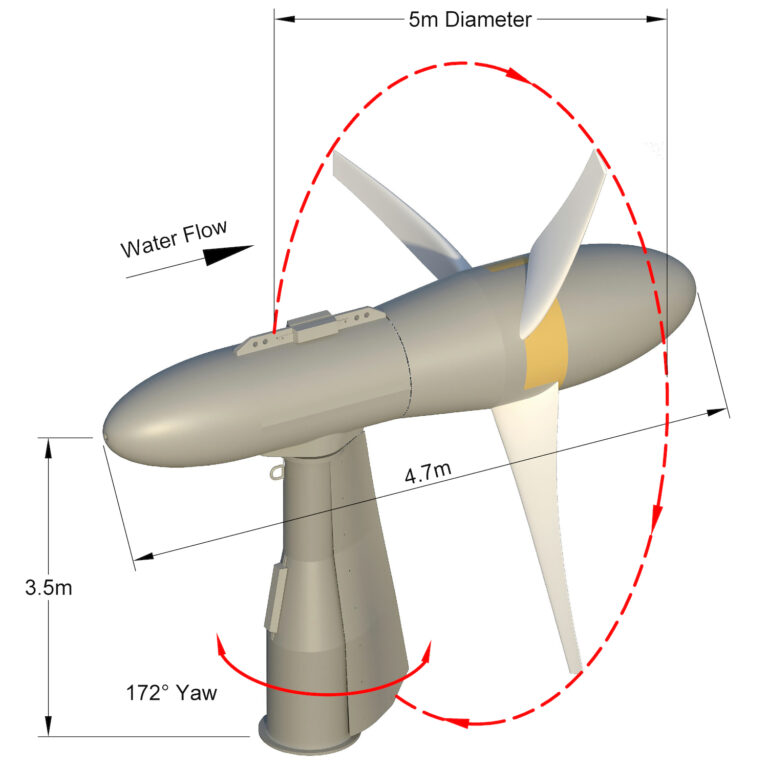
Gen5 Technology Advancement
Verdant completed technology readiness with assistance from the NY State Energy Research and Development Authority Development Authority and in May 2016, Verdant Power was awarded a US Department of Energy (DOE) cooperative agreement for a project entitled the “Integrated Development and Comprehensive IO&M Testing at RITE of a KHPS TriFrame Mount"
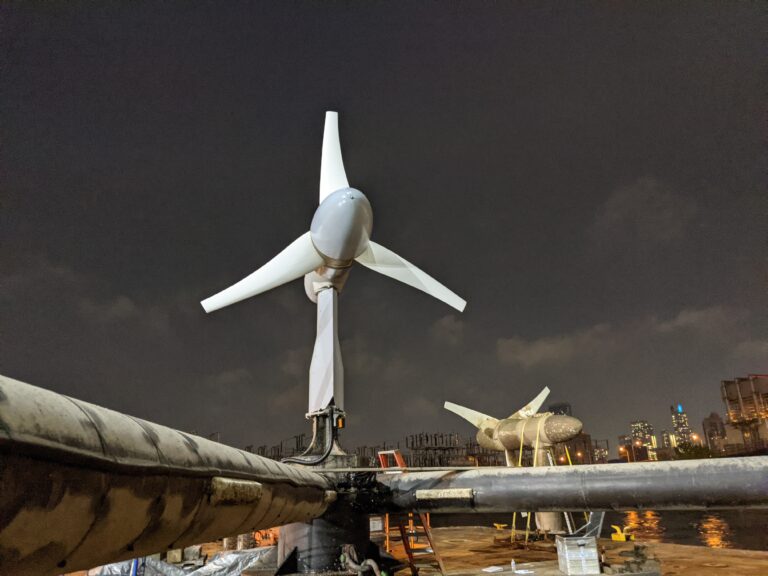
TRIFRAME MOUNT INSTALLATION
Verdant Power completed manufacture of three tidal power turbines as mounted on the TriFrame mount and installed and commissioned the turbines in October 2020 at its Roosevelt Island Tidal Energy site in New York's East River.
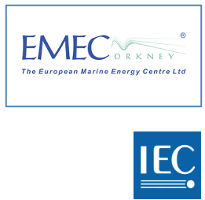
PERFORMANCE TO INTERNATIONAL STANDARDS
Verdant worked with the European Marine Energy Centre to conduct an off-site power performance assessment using international technical specifications. This was the first time the European Marine Energy Centre has carried out an off-site performance assessment, and the first report issued through the IEC System for Certification to standards relating to equipment for use in marine renewable energy applications
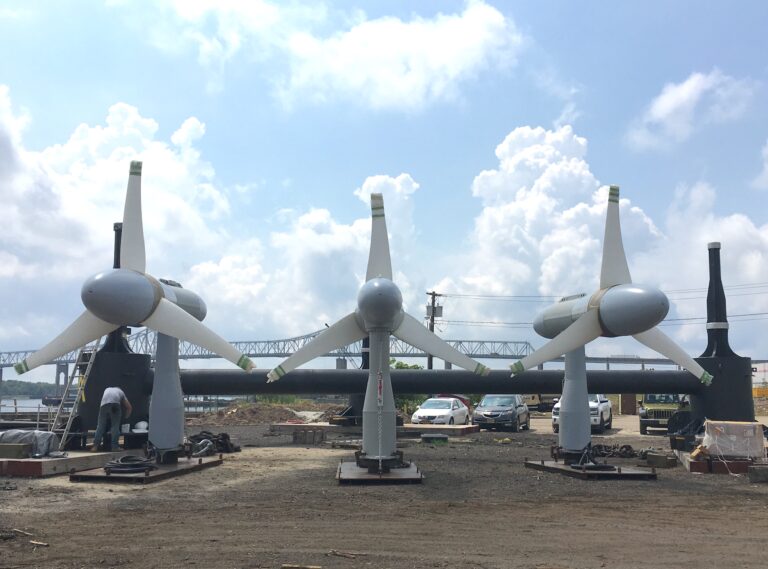
RETRIEVE AND REPLACE
Verdant Power performed a retrieve and replace (R&R) operation during which one of the turbines was replaced with a rotor housing three thermoplastic blades manufactured by DOE's National Renewable Energy Laboratory (NREL) as a material component advancement; with excellent results.
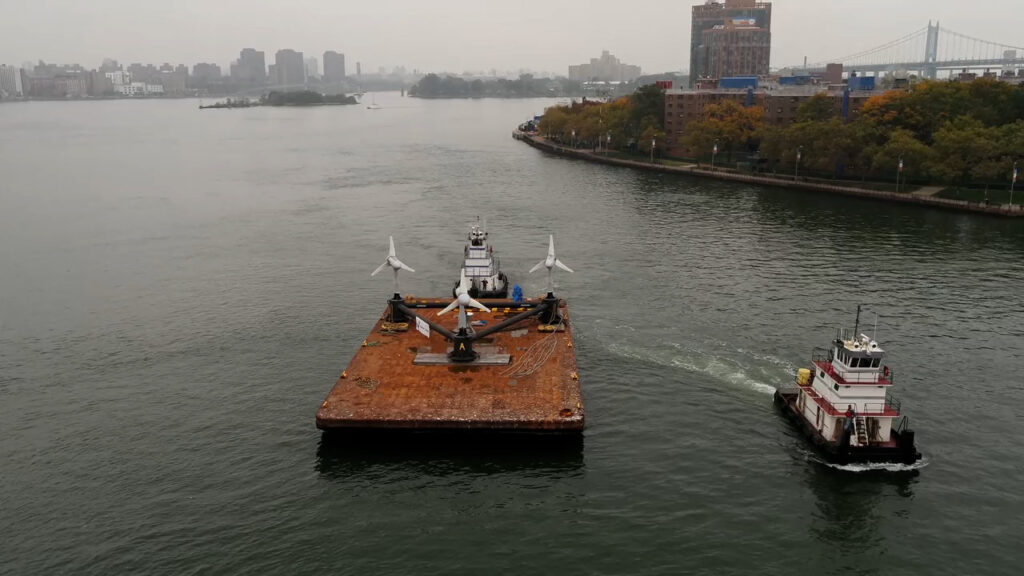
RESULTS
Having successfully completed all technology goals, Verdant Power’s RITE project delivered over 312 MWh of tidal power to the United States electricity grid. In accordance with the expiration of the license, the Project was decommissioned; with all infrastructure removed in compliance and to the satisfaction of regulators.
